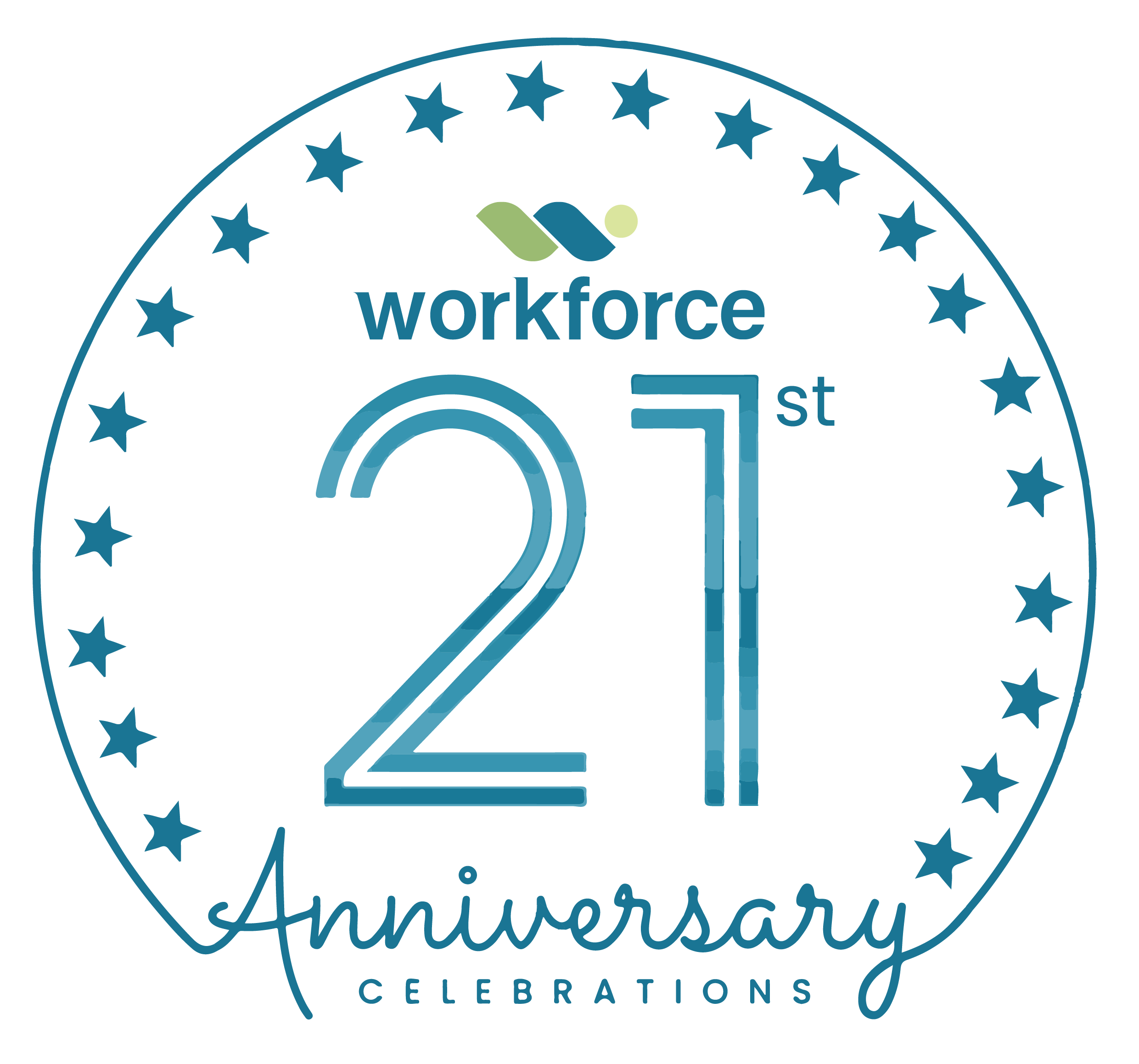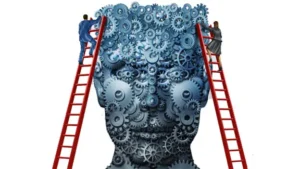In the energy sector, where precision, safety, and strategic decision-making are paramount, employee assessments are essential before promoting staff to managerial roles. For HR professionals, it’s crucial to ensure that those considered for leadership positions are fully equipped with the necessary competencies to succeed.
Traditionally, employee assessments were primarily used during the hiring process, but their value extends far beyond recruitment. Conducting rigorous evaluations for existing employees helps identify leadership potential, bridge skill gaps, and ensure a smoother transition into managerial roles.
This article explores ten critical employee assessments that HR professionals in the energy industry should implement before promoting employees to managerial positions.
The Importance of Employee Assessments for Managerial Promotions in the Energy Sector
In the fast-paced and high-stakes environment of the energy industry, leadership plays a crucial role in driving organisational success. A single managerial misstep can result in operational inefficiencies, safety hazards, and financial losses. Therefore, organisations must be diligent in selecting the right candidates for leadership roles.
Key Reasons for Implementing Employee Assessments:
-
Identifying Leadership Potential: Not all high-performing employees possess the skills needed to lead effectively. Assessments help distinguish technical experts from those with true leadership capabilities.
-
Ensuring Skill Readiness: Managerial roles require a diverse skill set, including decision-making, communication, and strategic thinking. Evaluations ensure candidates have—or can develop—these competencies.
-
Reducing Leadership Transition Risks: Promoting ill-prepared employees into management can lead to disengagement, high turnover, and operational disruptions. Structured employee assessments mitigate these risks.
-
Fostering a Culture of Continuous Development: By integrating employee assessments into career progression, organisations encourage employees to focus on skill enhancement and long-term leadership readiness.
How Employee Assessments Were Previously Viewed
Traditionally, employee assessments were seen mainly as tools for external recruitment, with limited application for existing employees. Many organisations relied on seniority or past performance in technical roles to guide promotion decisions. However, this approach often led to leadership gaps, as excelling in a technical role does not automatically translate to managerial success.
Challenges with the Traditional View:
-
Over-Reliance on Job Performance: Employees promoted solely based on past performance may struggle with new responsibilities.
-
Lack of Structured Leadership Evaluation: Without formal employee assessments, leadership readiness is often determined subjectively.
-
Missed Opportunities for Skill Development: Employees may not receive the feedback necessary to prepare for future leadership roles.
By redefining the role of employee assessments, HR professionals can unlock their potential for internal talent development, ensuring that leadership candidates are both identified and adequately prepared.
10 Essential Employee Assessments for Managerial Readiness
To ensure a smooth transition into managerial roles, HR professionals must conduct comprehensive assessments tailored to leadership competencies. Below are ten essential evaluations that should be part of the promotion process in the energy sector.
1. Leadership Competency Assessment
Purpose: To evaluate core leadership skills such as decision-making, emotional intelligence, and the ability to manage teams.
Method:
- 360-Degree Feedback: Gathers insights from peers, subordinates, and supervisors to provide a comprehensive view of the candidate’s leadership capabilities.
- Self-Assessment Surveys: Allow candidates to reflect on their strengths and areas for improvement.
Benefits:
- Identifies leadership strengths and weaknesses.
- Provides a balanced perspective on managerial readiness.
Case Study: An energy company in South Africa implemented 360-degree feedback as part of its promotion process, leading to more informed leadership transitions and higher employee satisfaction.
2. Emotional Intelligence (EI) Assessment
Purpose: To determine the candidate’s ability to understand and manage emotions, both personally and within their teams.
Method:
- EQ-i (Emotional Quotient Inventory): Measures various emotional intelligence components such as self-awareness, empathy, and stress management.
- Role-Playing Scenarios: Evaluate how candidates respond to emotionally challenging situations.
Benefits:
- Ensures leaders can handle workplace conflicts effectively.
- Promotes a healthier work environment through emotionally resilient leadership.
Example: A leading oil and gas firm uses EI assessments to improve leadership development, resulting in stronger team dynamics and better conflict resolution.
3. Problem-Solving and Decision-Making Assessment
Purpose: To test a candidate’s ability to analyse situations and make sound decisions, particularly in high-stakes environments.
Method:
- Case Study Simulations: Real-world energy sector scenarios that require quick and effective decision-making.
- Cognitive Ability Tests: Assess logical reasoning and critical thinking skills.
Benefits:
- Identifies candidates who can handle complex challenges.
- Reduces the risk of poor managerial decisions.
Example: A major utility company integrated problem-solving assessments into its promotion strategy, leading to more competent leadership teams.
4. Communication Skills Assessment
Purpose: To evaluate the effectiveness of a candidate’s verbal and written communication, which is crucial for managerial success.
Method:
- Presentation Exercises: Candidates present ideas to a panel to demonstrate clarity and persuasion skills.
- Role-Playing Scenarios: Test communication effectiveness in handling team conflicts or delivering feedback.
Benefits:
- Ensures managers can articulate strategies and expectations clearly.
- Enhances workplace collaboration and engagement.
Example: An energy firm in Nigeria introduced communication assessments, improving leadership effectiveness and team alignment.
5. Technical to Managerial Transition Assessment
Purpose: To determine if a candidate transitioning from a technical role has the necessary managerial competencies.
Method:
- Hybrid Skill Assessments: Combine technical knowledge with leadership scenarios.
- Job Simulation Exercises: Test how well candidates apply managerial principles in technical settings.
Benefits:
- Identifies gaps between existing technical expertise and required leadership skills.
- Ensures a smoother transition from specialist roles to management.
Example: A renewable energy company implemented transition assessments, reducing leadership failures and improving managerial success rates.
6. Strategic Thinking and Vision Assessment
Purpose: To evaluate a candidate’s ability to think strategically and align team goals with organisational objectives.
Method:
- Strategic Planning Exercises: Require candidates to develop and present business strategies.
- Scenario-Based Questions: Test long-term planning and adaptability.
Benefits:
- Identifies future-ready leaders who can drive business growth.
- Enhances decision-making aligned with company vision.
Example: A multinational energy firm saw increased leadership effectiveness after incorporating strategic thinking assessments.
7. Change Management Assessment
Purpose: To assess readiness and capability in managing organisational change—a critical skill in the rapidly evolving energy sector.
Method:
- Adaptability Quizzes: Measure openness to change and flexibility.
- Case Study Analysis: Test responses to real-world change management scenarios.
Benefits:
- Ensures leaders can guide teams through transitions.
- Reduces resistance to new initiatives.
Example: A case study in the energy sector showed improved change implementation success through structured change management assessments.
8. Financial Acumen Assessment
Purpose: To ensure leaders understand financial metrics and budgeting, which are essential for effective decision-making.
Method:
- Financial Literacy Tests: Evaluate knowledge of budgeting, cost management, and financial decision-making.
- Business Case Presentations: Require candidates to develop financial strategies.
Benefits:
- Reduces financial risks stemming from unprepared leadership.
- Enhances strategic and budgetary decision-making.
Example: An international energy company improved leadership decisions by incorporating financial assessments into promotions.
9. Collaboration and Teamwork Assessment
Purpose: To evaluate a candidate’s ability to work effectively within teams and lead collaborative efforts.
Method:
- Team-Based Exercises: Simulate real-world teamwork scenarios.
- Peer Evaluation Surveys: Gather insights on collaboration effectiveness.
Benefits:
- Fosters a culture of collaboration and inclusivity.
- Strengthens leadership capacities in team environments.
Example: An oil company improved leadership success rates by integrating team assessments into its promotion process.
10. Personal Motivation and Career Aspiration Assessment
Purpose: To align leadership roles with personal career goals, ensuring long-term engagement and success.
Method:
- Motivational Interviews: Explore candidates’ career aspirations and leadership motivations.
- Self-Reflection Assessments: Encourage introspection on leadership readiness.
Benefits:
- Enhances engagement by aligning roles with personal goals.
- Reduces leadership turnover due to mismatched expectations.
Example: A power generation company increased managerial retention by assessing personal motivations before promotions.
Implementation Steps for HR Professionals
Integrating these assessments into the promotion process requires a structured approach. Below are actionable steps HR professionals can take to ensure a seamless implementation.
Step 1: Define Leadership Competencies
- Identify Key Skills: Determine the specific competencies required for managerial success in your organisation.
- Customise Assessments: Tailor leadership evaluations based on role-specific needs.
Action Tip: Develop a leadership competency framework that guides promotion decisions.
Step 2: Incorporate Multi-Layered Assessments
- Use a Combination of Methods: Implement a mix of 360-degree feedback, simulations, and cognitive tests.
- Ensure Fairness and Transparency: Clearly communicate assessment criteria to employees.
Action Tip: Integrate leadership assessments with existing talent management systems for seamless execution.
Step 3: Provide Developmental Feedback
- Share Assessment Results: Offer constructive feedback to candidates, even if they are not immediately promoted.
- Create Individual Development Plans: Help employees work on identified skill gaps.
Action Tip: Establish mentorship programs for leadership candidates based on assessment insights.
Step 4: Track and Measure Success
- Monitor Promotion Outcomes: Evaluate the effectiveness of assessments in predicting managerial success.
- Refine Assessment Processes: Continuously improve based on tracked results and leadership performance.
Action Tip: Implement KPIs to measure the impact of leadership assessments on organisational success.
Conclusion
Assessing employees before promoting them to managerial positions is no longer a luxury—it is a necessity. By implementing structured evaluations, organisations in the energy sector can ensure that their leaders are well-prepared, reducing the risk of leadership failures and enhancing overall business success.
HR professionals play a crucial role in shaping leadership readiness, fostering a culture of continuous development, and ensuring that every promotion is backed by data-driven insights. By following the steps outlined in this guide, organisations can build a strong leadership pipeline that supports long-term growth and stability.
Contact: Workforce Resourcing
Are you ready to optimise your promotion process and develop future leaders within your organisation?
Workforce Resourcing offers tailored assessment solutions that ensure leadership readiness, strategic alignment, and business success. Our comprehensive approach helps organisations identify high-potential leaders, strengthen leadership pipelines, and foster a culture of continuous development.
Get in Touch to learn more about how our assessment services can drive leadership excellence in your organisation.
For your enquiries, send an email to hello@workforcegroup.com. Follow us on LinkedIn for access to more relevant content.



